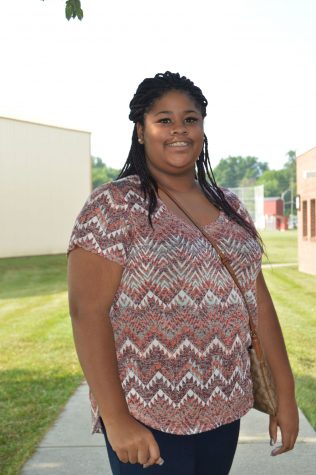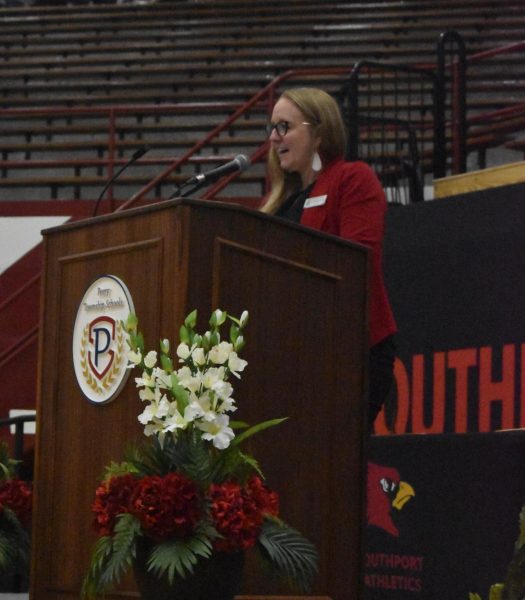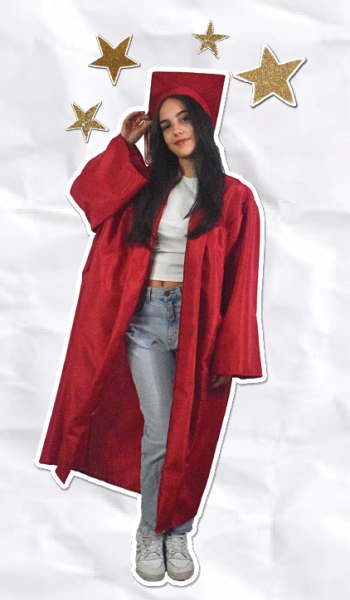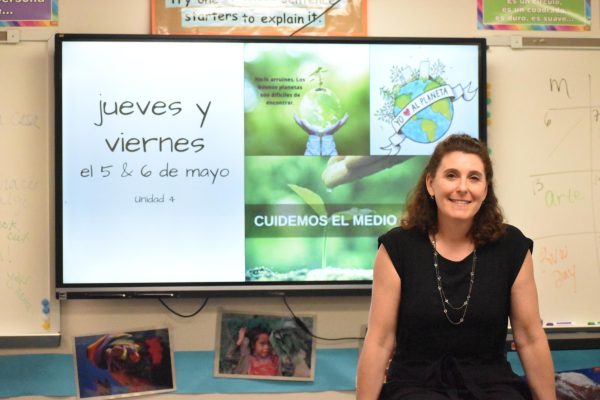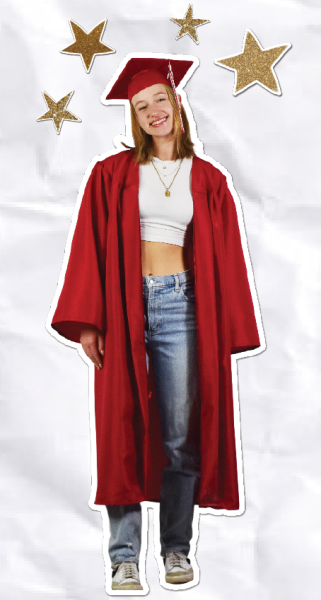Left brain versus right brain
Teachers and students question the two sides of the brain
To the left of senior Mykalah Carroll is a classroom representing the left side of the brain, which is commonly associated with intellectual thinking. To the right is the outside representing the right brain, which is commonly associated with creative thinking.
September 1, 2016
With a pencil in her hand and eyes glued to her computer screen, Senior Mykalah Carroll tries to comprehend the math problem that has been assigned to her. But what are the fundamentals of solving this mathematical mystery?
There are students that use one side of their brain more than the other. Sometimes they even use a combination of both, but do these differences between the left and the right sides of the brain affect students’ education?
According to Remy Melina, a writer for Live Science, the left brain is in charge of language, processing what you hear, speaking the language that you are learning or already know and carrying out logic and math. In contrast to the left brain, the right brain is used for facial recognition and processing music.
SHS Anatomy teacher Daryl Traylor agrees with Melina about the different sides of the brain and its difference in functions.
“One is more math and science based and the other side is more creative,” Traylor said.
According to Traylor, the students that use the creative side of the brain can defend themselves better. With the left side being more logical and mathematical and the right side being more creative, people who use more emotion, rather than just facts and statistics to are able to state their claims more effectively.
Though these two differences can have an impact on how a student deals with certain situations such as conflict, these reactions are what makes a student unique, says Traylor.
“Some of the students will need more elaborate explanations or more creative ways to remember things while some of them are very fact based,” Traylor said.
Some examples of this would be using pictures or other visuals to help the student remember what they learned versus someone writing the facts down.
Science teacher Christopher Finkhouse takes on a different approach on the two sides of the brain and how they compare to one another.
“In order to be creative you have to use both halves of your brain,” Finkhouse said.
Finkhouse says the usage of either left and right brain is a myth and the fact that some people believe this myth has been lied to or the belief of this statement was due to miscommunicated information. He says students don’t just use one side of their brain.
According to researchers at the University of Utah, there is no scientific proof that people only use one side of there brain. A study showed while people read, they used both the left and right side of the brain (CBS News).
“You really must use both sides of your brain in order to be a functional human being, in order to be able to navigate society,” said Dr. Gayatri Devi, clinical associate professor of neurology who works at the New York University School of Medicine (CBS News).
Students do not just use one side of the brain.hey use a combination of both, no matter what the tasks are at hand. According to Traylor, whether a student is creative or logical, he or she is unique.



